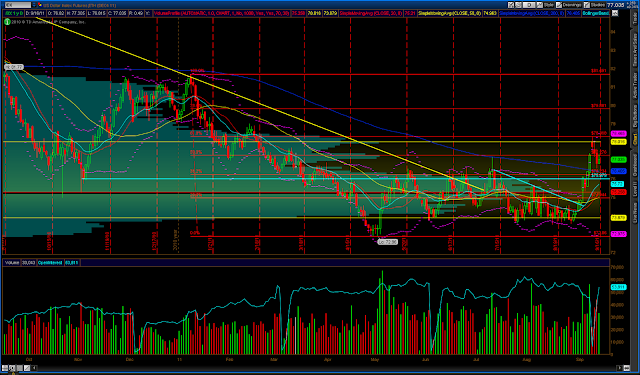1.
HOLD LONGER to TARGET(S): "Plan your trade. Trade your plan." Like most traders this is one hurdle that continues to remain my greatest challenge. I especially struggle with this when I'm on a hot winning streak and my emotions move into "no loss" mode and I begin hyper-scalping leading to discipline erosion.
2.
NO MORE BIG GAMBLES by not doubling, tripling or quadrupling + down to try to get bailed out of positions:
3.
20-30%+ ROC goal: Keep the consistency going by stabilizing the stats (avg return on winners v. losers, % of winning v. losing trades, avg $ down v. up day, etc...)
4.
More balanced WORK(TRADING)/PERSONAL life: There are a ton of subset personal goals under this general comprehensive professional one like traveling more, adopting a pet, volunteering at the food bank or animal shelter, etc... I plan on continuing to incorporate relaxation, breathing and meditation into my daily routines. I'm dedicating a large portion of the return budget to travel. Ideally I'd like to continue visiting family and friends domestically with 1-2 international trip annually.
5.
TWEET/FB less BLOG more: For those who follow me on twitter you know I'm over-active on the twittersphere and during downtime I'm like most employed people addicted to the bad habit that is constantly checking facebook so starting this new year I won't be posting as many live but delayed entries and exits.

















































